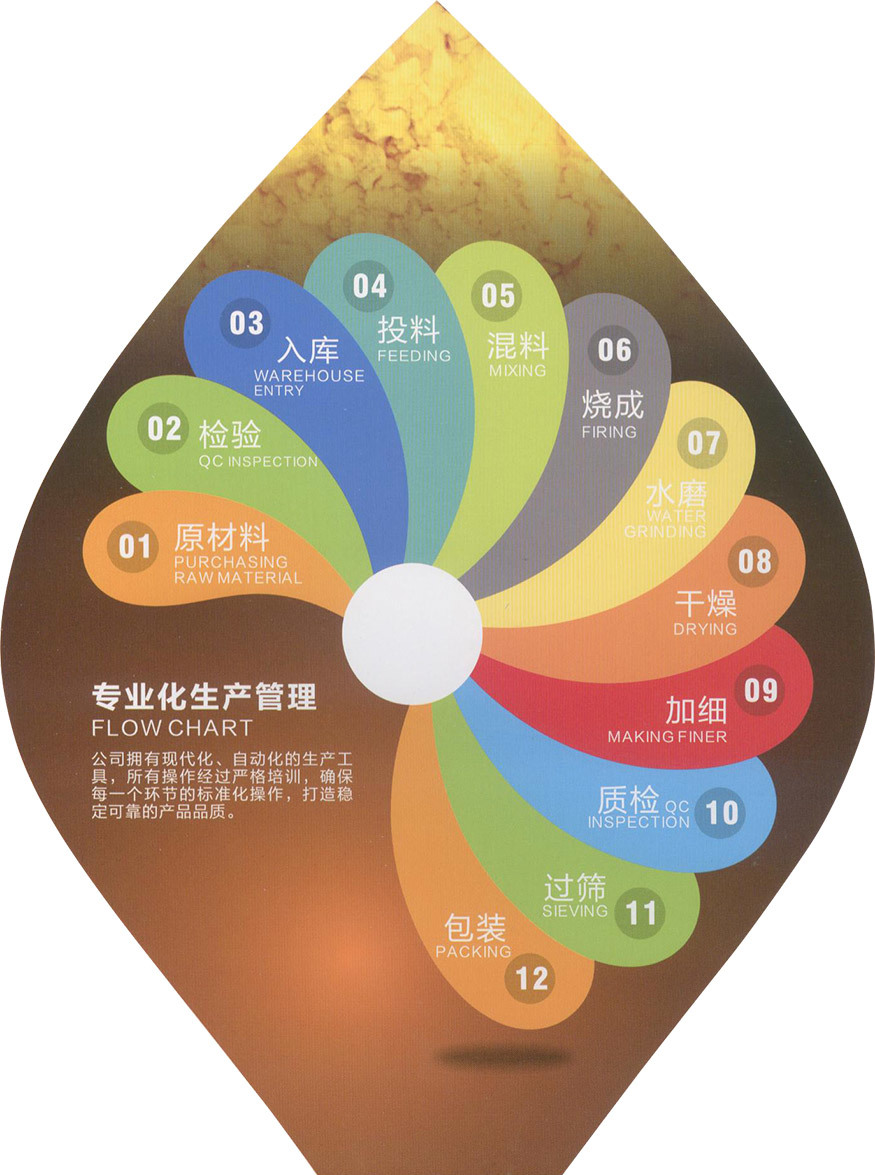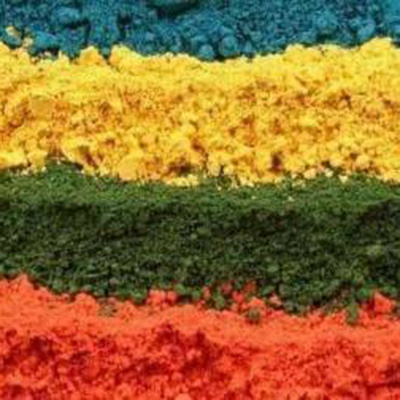
Process conditions for tile repair colors
Jul 29,2022
Process conditions for tile repair colorants. Selection of tile repair colorants and their simple formulation. Tile repair colorants, like glazes, are coatings for decorative architectural and sanitary ceramic products. In ceramic production enterprises, various colorants and pigments used for different ceramic products should be able to meet the requirements of the actual production process, form the expected decorative effect and improve the product grade. At present, the tile repair colorants and tile repair pigments used for architectural sanitary ceramic products are more abundant than daily-use ceramics. The decoration of building sanitary ceramic products is divided into underglaze color, overglaze color, color porcelain body, color glaze and color makeup clay from the color decoration method.
However, the decorative techniques of pigments, although a wide variety, but in the use of the effect and the scope of choice have their own advantages and disadvantages, the use of which should be strictly selected. For example, underglaze color material is used for underglaze decoration, on which a layer of transparent glaze is covered. However, due to the high firing temperature (1200-1320 degrees), the range of colorants available is relatively narrow; glaze coloring is a colorant applied to the glaze. After low temperature firing, the colorant is attached to the glaze. Due to the low color firing temperature (650-830 degrees), it has the advantage of a wide range of pigments available.
However, because the colorant is on the glaze, it is easy to cause the dissolution of the metal compounds in the colorant; the glaze technique is between overglaze and underglaze (firing temperature 1100-1200 degrees). The particles are located in the middle of the glaze layer, the tone of the formation of hazy beauty, but the use of coloring agent type is also limited; into the color of the porcelain body using the coloring agent mixed into the blank, so that the products porcelain effect is excellent. Porcelain body surface is generally coated with transparent glaze; color glaze is the coloring agent and pigment directly into the glaze, so that the glaze to form a color glaze (firing temperature of 1150-1280 degrees); there is also a coloring agent added to the insoluble kaolin. Made of pottery coat (also known as make-up clay), used for the decoration of ceramic products, called color make-up clay, this make-up clay can cover the unclean adobe of tiles, play a big role. However, it is still necessary to apply a transparent glaze (firing temperature 1150-1250 degrees) on the surface of pigmented make-up clay for added protection and brightness.

In practice, various ceramic colorants and pigments have different firing ranges, and temperatures that are too high or too low can adversely affect the color. Some pigments have a wide firing range, such as chrome tin red and aquamarine. Both can be used for high temperature under glaze firing, also can be used for low temperature glaze firing, all have good color effect. And some pigments have fixed color range, there are many taboos when using. For example, lead antimonate pigment can only be used for overglaze color and low temperature color glaze products. If the temperature is exceeded, the color will be lost. In addition to the firing temperature, there are quite a few pigments and pigments that are very sensitive to the flame atmosphere in the kiln when firing, such as copper oxide pigment, which is green in the oxidizing flame and red in the reducing flame. The variation is huge.
After fully understanding the process performance of various kinds of brick mending pigments, we should also understand other aspects of pigments, such as the color quality of brick mending pigments (commonly used pigment types), the range of using temperature and flame atmosphere characteristics, adjusting the range of colors and its contraindication requirements should not be ignored.

Commonly used tile repair color pigment and its mixing requirements. Architectural and sanitary ceramic products tend to be colorful color and glaze decoration, the use of pigment types are also more and more. With the progress of science and technology, the modern ceramic industry used pigment products of new types, new methods of use continue to emerge. Such as rare earth tile repair pigments and nano tile repair pigments in recent years, giving people a refreshing feeling. The following only introduces the regular varieties of tile repair pigments and application effects, because these pigments are still important decorative materials.
